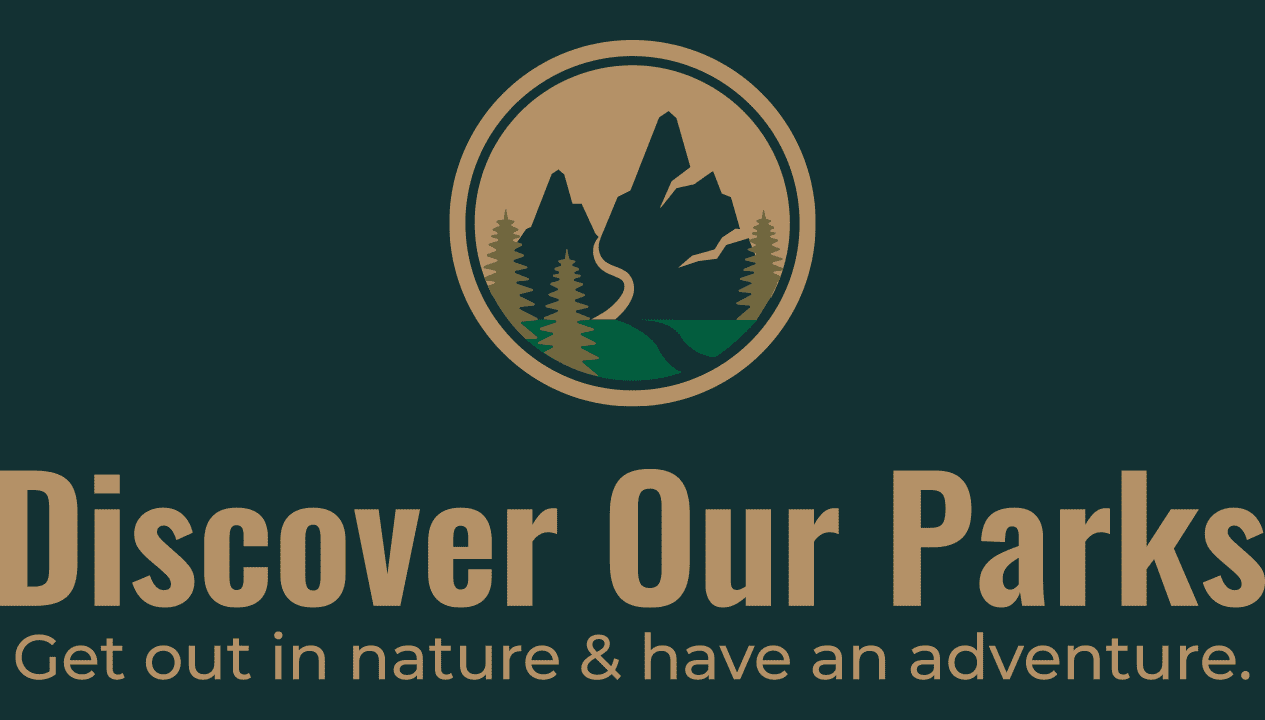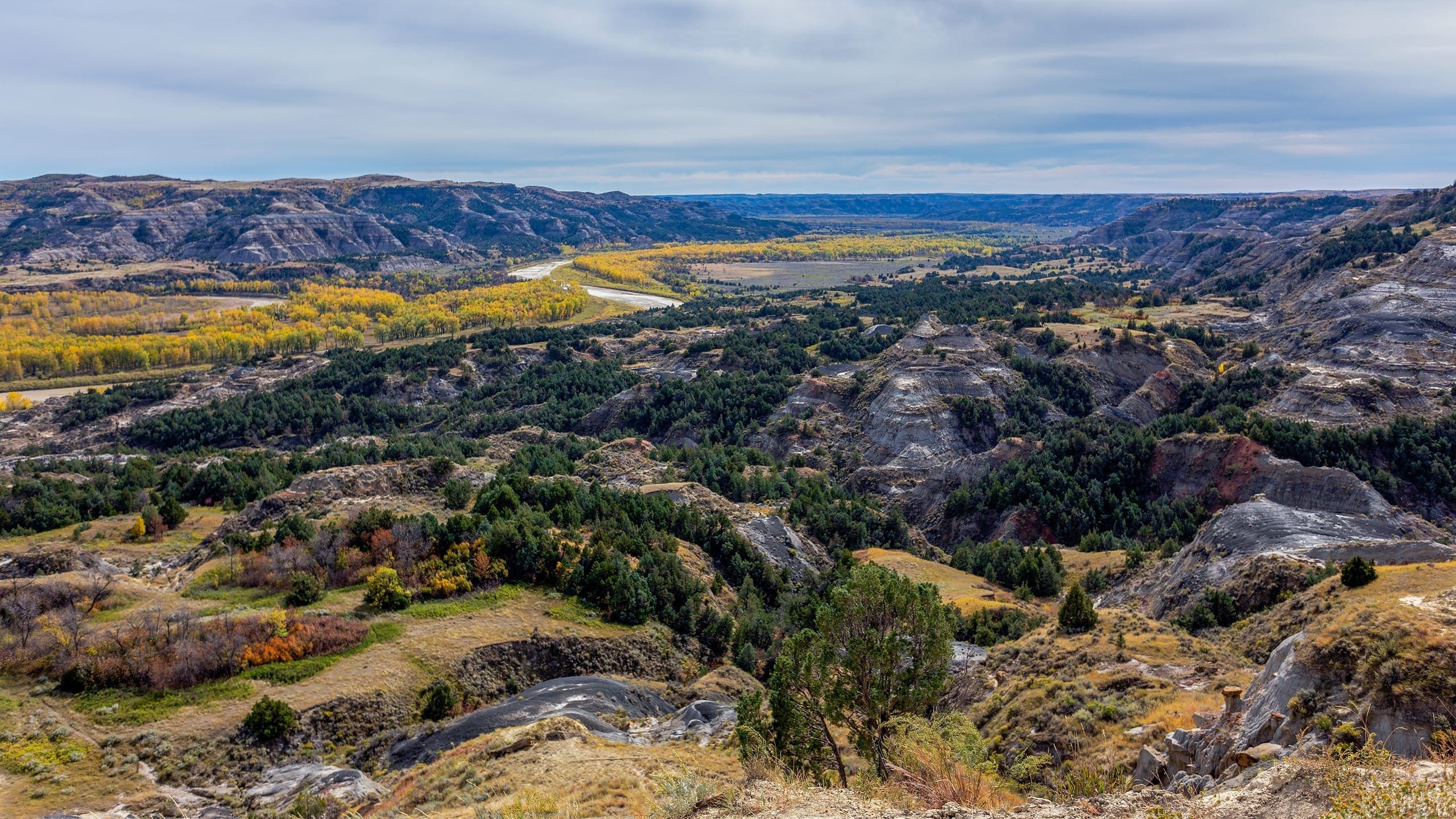About Theodore Roosevelt National Park
Theodore Roosevelt National Park comprises 70,447 acres of land in three separate units: the South Unit, the North Unit, and the Elkhorn Ranch Unit in Billings and McKenzie counties in North Dakota. The park was established in 1947 as Theodore Roosevelt National Memorial Park (South Unit and Elkhorn Ranch Unit), to honor the memory of Theodore Roosevelt. The North Unit was added in 1948. In 1978 Congress redesignated the area as Theodore Roosevelt National Park and also established the 29,920-acre Theodore Roosevelt Wilderness within the park’s North Unit and South Unit.
This national park preserves a landscape of striking contrasts— the North Dakota Badlands (also referred to as the Little Missouri River Badlands), which had a profound effect on Theodore Roosevelt. Here, the mixed grass prairies of the Northern Great Plains give way to fantastically broken terrain. Roosevelt first came to the North Dakota Badlands in September 1883 to hunt one of the few remaining bison. While in the area, he bought into a partnership at the Maltese Cross Ranch, and thus entered the cattle business. Roosevelt returned to New York after the hunting trip, but a few months later, on February 14, 1884, he experienced great personal tragedy when his wife and mother died on the same day. Seized by intense grief, Roosevelt thereupon decided to return to the Badlands to lead “the strenuous life” of a cattle rancher. He sought repose, solitude, and mental rejuvenation, and found all three during his time living at the Elkhorn Ranch, which is now the most historically significant portion of the park.
The time Theodore Roosevelt spent living in the North Dakota Badlands ultimately inspired his conservation ethic, and he directly attributed his ascendance to the presidency to his experiences in this area. During his tenure as the 26th U.S. president, Roosevelt set aside 230 million acres of public land for national parks, forests, monuments, and wildlife refuges, thus earning him the nickname, “the Conservationist President.”
The South Unit of the park is just north of Medora, North Dakota. The Little Missouri River runs through the western half of the unit. Most of the land west of the river falls into the Theodore Roosevelt Wilderness, including the Petrified Forest, which contains the third-largest concentration of petrified wood within the national park system. The 218- acre Elkhorn Ranch Unit is approximately 35 miles north of Medora and is accessed via unpaved roads. The unit includes the site of Theodore Roosevelt’s second ranch in the Badlands (the Elkhorn Ranch), which was the center of his cattle ranching operations. The North Unit is 15 miles south of Watford City, North Dakota, and is accessed via U.S. Highway 85. Almost the entire land area in the North Unit is composed of the Theodore Roosevelt Wilderness, except for a narrow corridor alongside the unit’s 14-mile scenic drive.
Source: Foundation Document Overview – Theodore Roosevelt National Park
Fast Facts:
| Date the Park was Established: | November 10, 1978 |
| Park Area (as of 2019): | 70,446.89 acres (285.1 km2) |
| Recreational Visitors (2018 Total): | 749,389 visitors |


